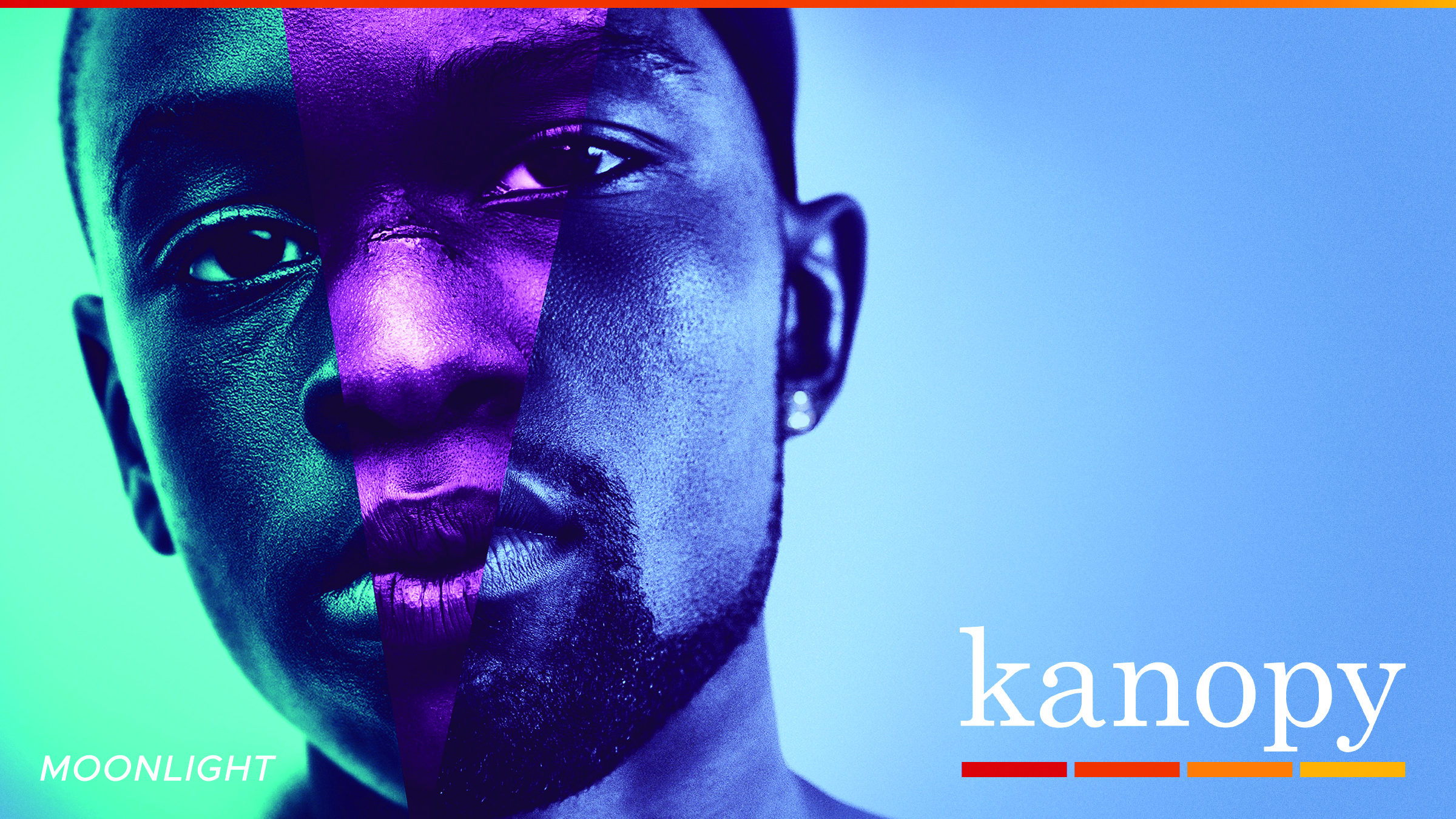We’ve touted Kanopy as a hidden gem and one of the best kept secrets in streaming since the days when Paramount+ was still CBS All Access. The streaming marketplace has grown so much since then that it is now ready to shrink, but Kanopy is well-positioned to survive the coming consolidation thanks to its unique business model.
Kanopy serves two very different masters: libraries and movie studios. (And yes, the libraries of movie studios.) Kanopy is the ad-free streaming service that you did not know you could (potentially) access with just a library card or a university ID. Its library consists of classic films and new releases, and costs the end user exactly…free.
Best of all? Kanopy is profitable, GM Jason Tyrrell tells IndieWire.
The money flows like this: Tax dollars pay libraries, libraries pay Kanopy (when a member streams at least 30 seconds of its content) for access, and Kanopy pays studios to license their content, just as other streaming platforms would. It’s actually not much of your tax dollars at work here, Tyrrell says.
“One dollar of your yearly taxes is going to the public library,” he said. “I can’t think of a better way to spend that dollar, because the library as an institution is so critical to communities.”
Altruistic as his mission is, Tyrrell knows the assignment. The “mandate” for streamers these days, in Tyrrell’s words, is to generate revenue. (He’s correct: revenue is now Netflix’s top KPI, or key performance metric. Ditto for other evolved streamers.)
The mandate from studios is to find new revenue streams. Kanopy checks both boxes.
“I think what people are seeing is how we can play a consistent role in that,” Tyrrell told IndieWire. “We’re not going to ever be the biggest and flashiest, but we are going to grow consistently year over year and improve for our partners, for the institutions, and for the distributors.”
Just how big has Kanopy become since our last check-in? The service is currently available to about 10,000 libraries, or 40 percent of North America’s libraries, as well as about half of high-end colleges in the country. Kanopy houses roughly 35,000 titles with 150 more coming each week. Some standouts on the service include newer films like “Moonlight” and “Lady Bird,” as well as older classics like “Rashomon” and “Chinatown.” With few actual output deals with studios, Tyrrell says when a movie is added to Kanopy, it generally stays there.
Following a broader industry trend toward licensing, Tyrrell says there’s been an uptick in studios licensing to Kanopy. Right now, Kanopy has deals with about half of the majors and expect to get the other half soon.

By again licensing content externally, studios are getting more value out of movies that otherwise aren’t performing on their own streaming services. Windowing is changing, and streaming exclusives are turning into co-exclusives.
“Everyone’s using a different rights-management system, everyone has different definitions of their windows and how and when films can move in and out of them. And I think this market has been historically misunderstood or ignored,” Tyrrell said. “I think that’s starting to change because of platforms like ours that are generating predictable, meaningful revenue quarter after quarter without the big highs and big lows that you would experience in other windows for film.”
If unlimited free books was not enough for you to get your library card, perhaps Kanopy will be. You can’t access the video-streaming service without one (or without a university ID).
“People ask us all the time, Can I just buy Kanopy? When are you guys going to be publicly available?” Tyrrell said. “But it’s really mission critical for us to be a viable library resource.”
Tyrrell views his streamer as “the marketing arm of the public library system,” he said. “So if all that we do when someone hears about Kanopy is inspire someone to get a library card, then we’re helping maintain the sustainability and the stability of the ecosystem.”

There have been instabilities along the way — some bumps bigger than others. In 2019, the New York Public Library suspended its deal with Kanopy after finding that only 25,000 of its 2 million library-card holders were using the service. (NYPL is the fourth-biggest library, by membership, in America.) But boy did that 1.25 percent use it (and use it): Kanopy was so popular among the small group, the NYPL’s fees for Kanopy far exceeded its projected budget for the program.
A good chunk of students at NYC-based colleges like NYU, Columbia, and Fordham, and Hofstra have access, and Tyrrell says though the Queens Public Library’s membership had lapsed, it has since returned. Kanopy now offers skinnier, more-curated content to win smaller and lapsed libraries back.
Tyrrell joined Kanopy in 2020, a year after the scary loss of the New York Public Library. At the time, Kanopy had 20,000 titles and served 4,000 libraries. Also in 2020? COVID.
During the COVID-19 pandemic, libraries realized to serve their communities safely, they had to put more money into digital products. Many did, and the investment brought in a new, digital-friendly demographic. Library-card ownership is growing among Gen Z (born 1997 and after), Tyrrell said, which means Kanopy’s total addressable market is also growing. It is also getting younger and hipper, which in turn makes the demand on college campuses increase as well.
Tyrrell says studios are especially using Kanopy to chase the coveted 18-24 demographic, and the smart ones know how to leverage the partnership, turning college students into “influencers” on behalf of their films or brands.
Kanopy users, like library-goers in general, also skew more intelligent. That’s a community seeking older films and deeper cuts in filmmakers’ catalogs. Hence the tagline:








